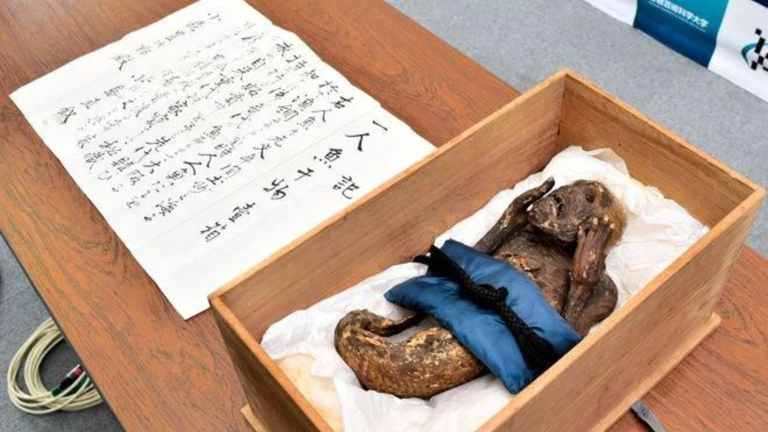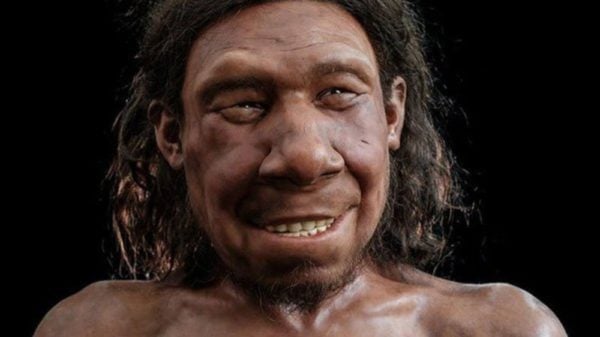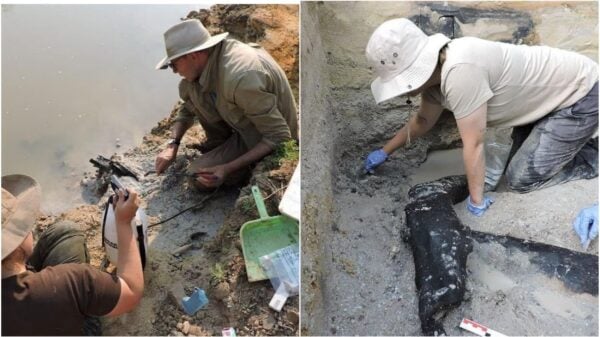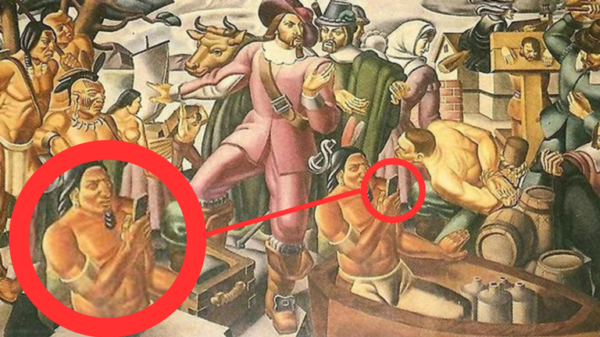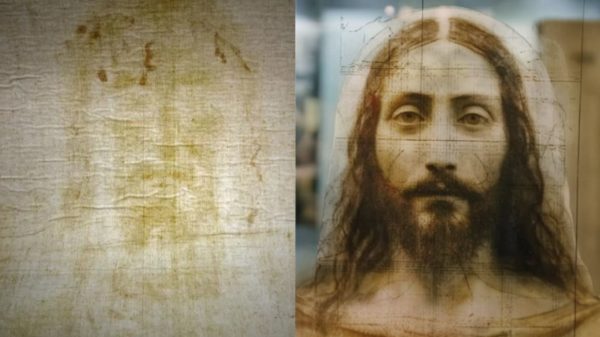Researchers have uncovered the long-awaited mysteries surrounding a mummified mermaid that has puzzled them for decades. The mermaid, one of thirteen others, was used as a healing charm by the priests of Japan’s Enjuin temple in the 1700s. Following four decades of being kept in a fireproof safe, experts conducted a thorough investigation and made a remarkable revelation.
The origin of the mummy with a human head and fish body remains unknown, but it has been preserved in a container with a note indicating that it was captured in a fishing net off the shores of Kochi, Japan, sometime in the late 1730s. The mummy was subsequently taken to Osaka and sold to a member of the Bingo Fukuyama clan, Mr. Naojo Kojima’s ancestor, during the Edo period. The Kojima family kept the mermaid as an heirloom until it was eventually passed on to the Enjuin temple.
After being stored in a secure location at the temple to preserve its condition, the mermaid was recently retrieved for research purposes by scientists. On February 2, 2022, a team from the Kurashiki University of Science and the Arts (KUSA) commenced an inquiry, utilizing various methods such as CT scans, X-rays, radiocarbon dating, microscopic observations, and DNA analysis, to uncover the genuine genesis of the 12-inch-long mummy.
According to the researchers’ statement, the mermaid’s teeth are cone-shaped, with slightly curved tips directed inward, similar to those of an unidentified species of carnivorous fish. The creature’s body was painted with sand or charcoal powder and featured arms with five fingers and flat claws.
The lower body had caudal, rear, and dorsal fins, along with scales. Carbon dating showed that the mummy was made in 1800 rather than the previously assumed 1700.
The research team’s analysis determined that the mermaid’s “fish body” was constructed from a combination of cotton, cloth, and paper, while pufferfish skin was utilized on the arms, cheeks, neck, and shoulders.
The creature’s hair originated from an unidentified mammal, and animal keratin was employed for its nails. However, they were unable to identify the exact DNA of the creature. Notably, there are an additional 12 comparable specimens of mermaids in existence.
When it comes to mermaid depictions, the European version often portrays a stunning woman with long hair and a fish-like tail. In contrast, the Japanese mermaids, known as “ningyo” or “human fish”), have a much more fish-like appearance.
According to Japanese folklore, ningyo have a monkey-like mouth, shiny golden scales, and a voice that resembles a flute. Hiroshi Kinoshita, a member of the Okayama Folklore Society, mentioned to Metro that Japanese mermaids are associated with an immortality legend, stating that consuming mermaid flesh would grant eternal life.
Numerous Japanese tales describe women who unintentionally consumed mermaid flesh and subsequently lived for 800 years.
Given the characteristics attributed to the mummy, it is understandable why Enjuin temple priests believed it had healing capabilities. There were even individuals at the temple who worshipped the mummy with the expectation that it would put an end to the COVID-19 pandemic.
Nonetheless, as for whether the mermaid mummy is a hoax, researchers have determined that the mythical creature, which supposedly had healing abilities, is a man-made fabrication.


